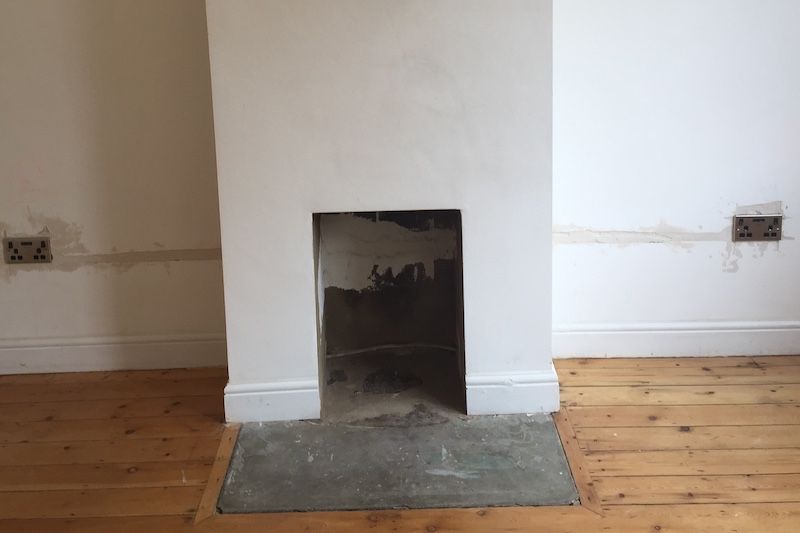https://chimneybreastremoval.uk/ Chimneys are an essential part of our homes, providing warmth and comfort. However, an unexpected challenge that homeowners may face is the presence of foreign objects, such as birds’ nests, debris, or even structural issues like breasts. In this article, we will delve into the causes, risks, and methods for removing breasts from chimneys, ensuring the safety and functionality of your fireplace.
Common Causes of Breasts in Chimneys
Nesting Birds
One of the common culprits for chimney obstructions is nesting birds. Their cozy homes may pose significant challenges and risks if not addressed promptly.
Debris Accumulation
Leaves, twigs, and other debris can accumulate in chimneys, creating a barrier to proper airflow. Identifying and removing this debris is crucial for maintaining optimal chimney function.
Structural Issues
Sometimes, structural problems can lead to breasts forming in chimneys. Understanding these issues is essential for effective and lasting solutions.
Risks and Consequences
Fire Hazards
Blocked chimneys increase the risk of fires, as combustible materials may ignite due to restricted airflow.
Poor Ventilation
A compromised chimney affects ventilation, potentially leading to indoor air quality issues and discomfort.
Odor and Air Quality Concerns
The presence of foreign objects can result in unpleasant odors and a decline in indoor air quality. Addressing this is vital for a healthy living environment.
Signs of a Breast in the Chimney
Unusual Smells
Foul odors emanating from the fireplace may indicate the presence of a breast. Identifying and addressing the issue promptly is crucial.
Blocked Airflow
Reduced or blocked airflow is a clear sign of a chimney obstruction. Regular checks can help detect this problem early.
Strange Sounds
Unusual sounds, such as chirping or rustling, may indicate the presence of nesting birds. Investigating and resolving this issue ensures a peaceful home.
DIY Methods for Breast Removal
Assessing the Situation
Before attempting removal, assess the complexity of the situation. Ensure you have a clear understanding of the obstacle and the tools required.
Using Safe Tools and Equipment
Utilize appropriate tools and equipment for safe removal, taking precautions to protect yourself and your chimney.
Protective Measures
Implement measures to protect yourself and the surrounding area during the removal process. Safety should be a top priority.
When to Call a Professional
Complexity of the Situation
If the obstacle is complex or poses risks, it’s advisable to seek professional help. They have the expertise to handle challenging scenarios.
Safety Concerns
Safety should never be compromised. If you are unsure or uncomfortable with the removal process, professional assistance is recommended.
Expertise Needed
Certain situations require specialized knowledge. Professionals can ensure the problem is addressed effectively, preventing recurrence.
Preventive Measures
Regular Chimney Inspections
Scheduled inspections help identify and address potential issues before they escalate. Regular maintenance is key to a functional chimney.
Installing Protective Covers
Use protective covers to prevent birds and debris from entering the chimney. This simple measure can save you from future complications.
Tree and Branch Trimming
Keep surrounding trees and branches trimmed to reduce the likelihood of nesting birds and falling debris.
Importance of Professional Inspection
Thorough Assessment
Professionals conduct thorough assessments, identifying underlying issues that may not be apparent during DIY inspections.
Ensuring Structural Integrity
Experts ensure that the chimney’s structural integrity is maintained, addressing any concerns that may compromise its function.
Preventing Recurrence
Professional inspections not only address the current issue but also implement measures to prevent recurrence, offering long-term peace of mind.
Environmental Considerations
Ethical Treatment of Wildlife
When dealing with nesting birds, it’s essential to approach the situation ethically, ensuring the safety and well-being of the wildlife involved.
Proper Disposal of Debris
Dispose of debris responsibly, considering environmental impact. Recycling or proper disposal methods contribute to a sustainable approach.
Eco-Friendly Solutions
Explore eco-friendly solutions for breast removal, aligning with a commitment to environmental consciousness.
Addressing Structural Issues
Repairs and Maintenance
Address structural issues promptly through repairs and maintenance, preventing further complications.
Reinforcement Strategies
Implement reinforcement strategies to enhance the chimney’s resilience, ensuring it withstands external pressures.
Long-Term Solutions
Focus on long-term solutions for structural concerns, promoting the longevity and functionality of your chimney.
Impact on Indoor Air Quality
Removal of Odors
Proper removal of breasts and debris ensures the elimination of unpleasant odors, contributing to a fresher indoor environment.
Ventilation Improvement
A clear chimney improves ventilation, promoting better indoor air quality and a more comfortable living space.
Health Concerns
Maintaining a clean and functional chimney reduces health concerns related to poor air quality and potential allergens.
Community Awareness
Sharing Information
Spread awareness in your community about the importance of chimney maintenance and the potential issues associated with neglect.
Collaborative Solutions
Encourage collaboration among neighbors to address common chimney concerns collectively, creating a safer living environment.

